Non-surgical Rehabilitation
The key to nonsurgical treatment is to keep the collagen in your tendon from breaking down further. Our goal is to help the tendon heal.
When you begin your physiotherapy, our physiotherapist at One Wellness will give you tips on how to rest your elbow and how to do your activities without putting extra strain on your elbow. We may apply tape to take some of the load off the elbow muscles and tendons. Our physiotherapist may advise that you wear an elbow strap that wraps around your upper forearm in a way that relieves the pressure on the tendon attachment.
We may apply ice and electrical stimulation to ease pain and improve healing of the tendon. Our physiotherapy sessions may also include iontophoresis, which uses a mild electrical current to push anti-inflammatory medicine, prescribed by your doctor, into the sore area. This treatment is especially helpful for patients who can't tolerate injections. Our physiotherapist will also instruct you in exercises used to gradually stretch and strengthen the forearm muscles.
Because tendonosis is often linked to overuse, we will work with you to reduce repeated strains on your elbow. When symptoms come from a particular sport or work activity, our physiotherapist will observe your style and motion with the activity. We may provide tips about how to perform the movement so your elbow is protected. We can also check your sports equipment and work tools and suggest how to alter them to keep your elbow safe.
Although recovery time varies for each patient, in cases where the tendon is inflamed, your One Wellness rehabilitation program is usually only needed for four to six weeks. When symptoms are from tendonosis, you can expect healing to take longer, usually up to three months. If your tendonosis is severe, it may take at least six months for complete healing.
Post-surgical Rehabilitation
Rehabilitation takes much longer after surgery. Immediately after surgery, your elbow is placed in a removable splint that keeps your elbow bent at a 90-degree angle. Your first few physiotherapy sessions at One Wellness may involve ice and electrical stimulation treatments to help control pain and swelling from the surgery. Our physiotherapist may also use massage and other types of hands-on treatments to ease muscle spasm and pain.
We will gradually have you work into more active stretching and strengthening exercises. You just need to be careful to avoid doing too much, too quickly. We generally begin active therapy about two weeks after surgery. Our physiotherapist may begin with light isometric strengthening exercises. These exercises work the muscles of the forearm without straining the healing tissues. You will also use your own muscle power in active range-of-motion exercises.
At about six weeks, we will have you begin more active strengthening. As you progress, our physiotherapist will teach you exercises to strengthen and stabilize the muscles and joints of the wrist, elbow, and shoulder. You will also do exercises to improve fine motor control and dexterity of the hand. Some of the exercises you'll do are designed get your hand working in ways that are similar to your work tasks and sport activities. Other exercises will work your elbow in ways that are similar to your work tasks and sport activities. Our physiotherapist will help you find ways to do your tasks that don't put too much stress on your elbow.
Although each patient recovers at a different rate, you may need to attend your physiotherapy sessions for two to three months. It could take four to six months to get back to high-level sports and work activities. Before your therapy sessions end, our physiotherapist will teach you a number of ways to avoid future problems.
When recovery is well under way, your regular visits to One Wellness will end. Although we will continue to be a resource, you will eventually be in charge of doing your exercises as part of an ongoing home program.
One Wellness provides services for physiotherapy in Canmore.
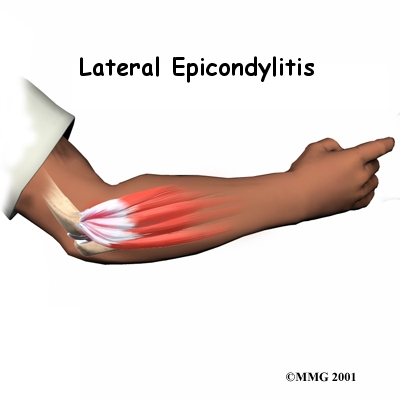

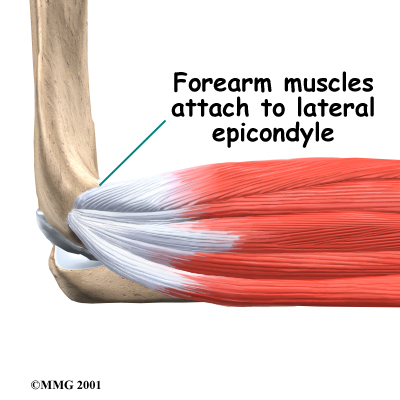
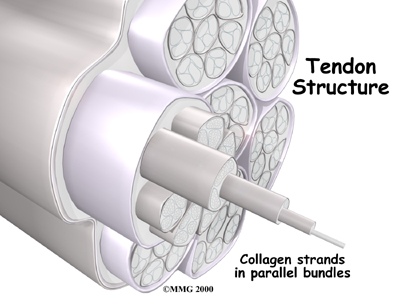
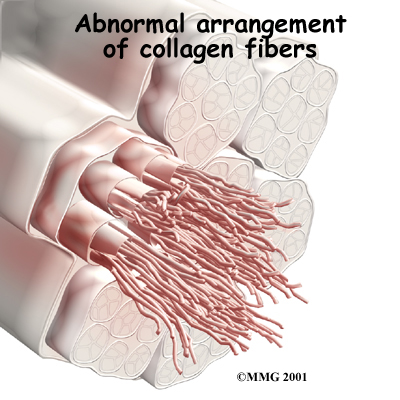 In an acute injury, the body undergoes an inflammatory response. Special inflammatory cells make their way to the injured tissues to help them heal. Conditions that involve inflammation are indicated by -itis on the end of the word. For example, inflammation in a tendon is called tendonitis. Inflammation around the lateral epicondyle is called lateral epicondylitis.
In an acute injury, the body undergoes an inflammatory response. Special inflammatory cells make their way to the injured tissues to help them heal. Conditions that involve inflammation are indicated by -itis on the end of the word. For example, inflammation in a tendon is called tendonitis. Inflammation around the lateral epicondyle is called lateral epicondylitis.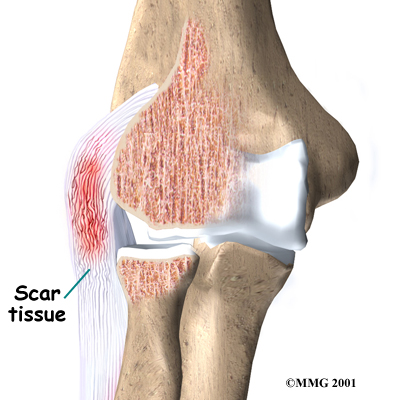
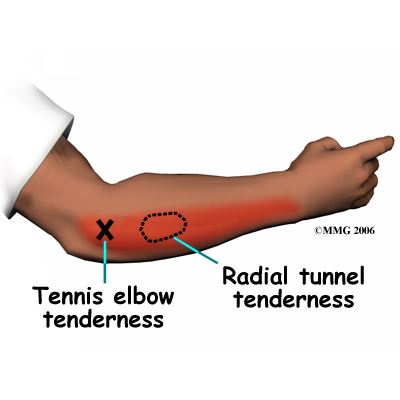
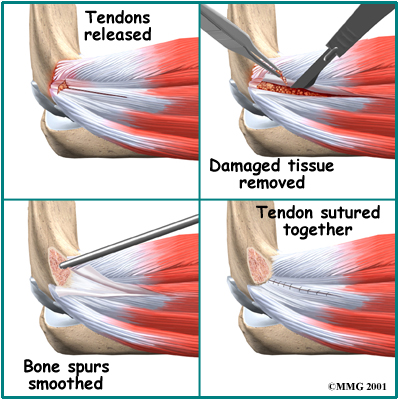


 (403) 679-7179
(403) 679-7179  concierge@one-wellness.ca
concierge@one-wellness.ca 

